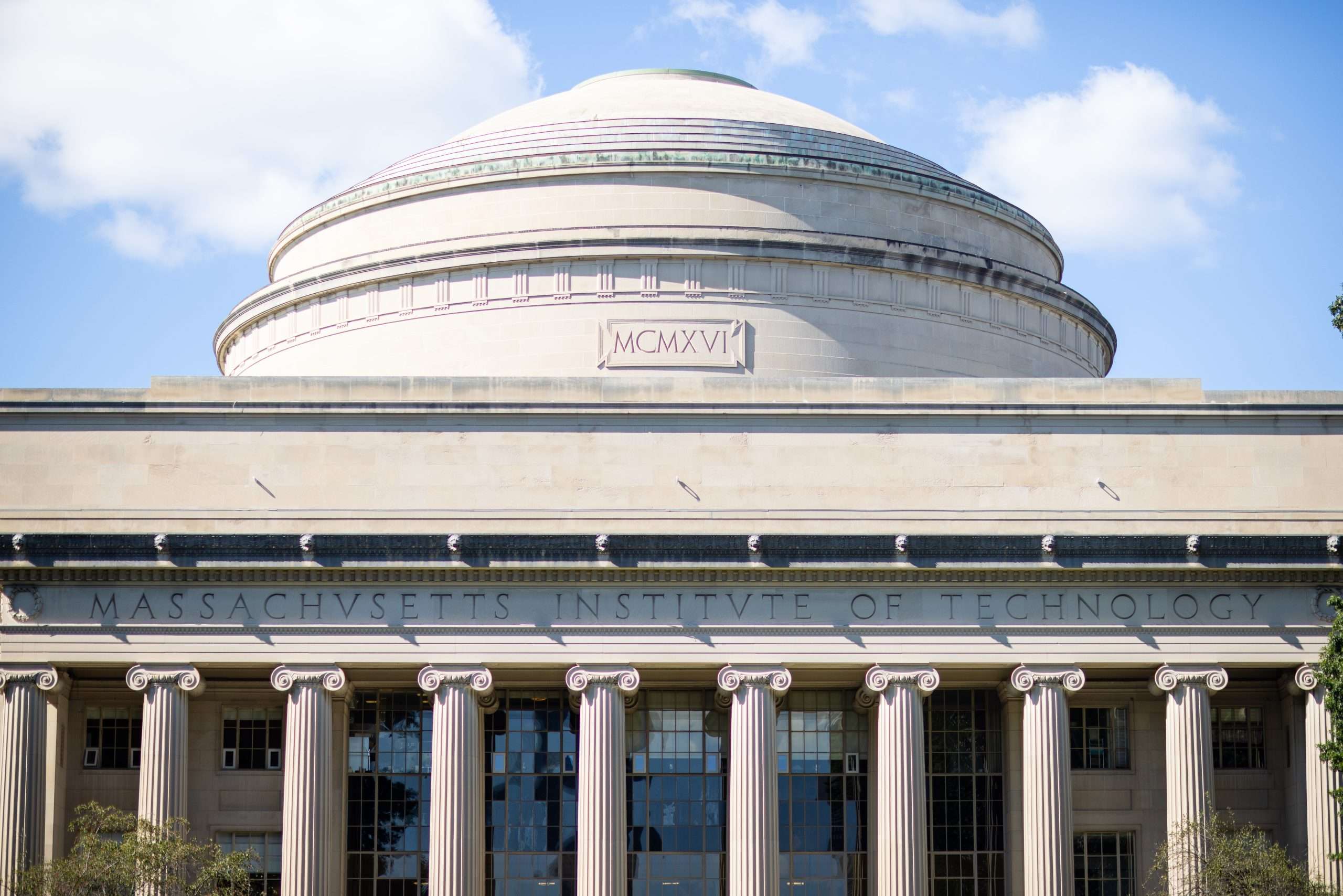The Ivy Coach Daily
Massachusetts Institute of Technology (MIT) Student Demographics

Some schools are shy about their statistics. The Massachusetts Institute of Technology is not one of these schools. Over the years, we’ve praised MIT on Ivy Coach’s college admissions blog for being a leader among elite universities. They’ve never had a practice of giving special consideration to legacy applicants. They were among the first to reinstate their standardized testing requirements once it became clear that students who don’t submit test scores don’t stand a chance against those who do. And, as it turns out, they’ve committed to radical transparency regarding student demographics, even as other schools shy away from publishing such data in the wake of the SCOTUS case overturning Affirmative Action.
That gives us plenty to dissect today as we’ll look at the various characteristics of the MIT student body. To start things off, let’s review MIT’s Class of 2028 according to gender, as shared by MIT Admissions:
MIT Class of 2028 by Gender
| Men | 50% |
| Women | 46% |
| Another gender identity | 3% |
| Did not disclose gender identity | 3% |
Women are the minority on MIT’s campus, which is quite out of line with what’s expected of a highly selective university nowadays. At most schools, female applicants outnumber male applicants, and even though admissions officers try to correct this discrepancy by admitting males at a higher rate, women still typically outnumber men at most elite schools. At MIT, however, the opposite is true, suggesting colleges specializing in STEM still struggle (somewhat) with lower female enrollment.
MIT Class of 2028 by Socioeconomic Status
| First generation in their family to attend college | 20% |
| Pell Grant eligible | 24% |
Now, looking at the socioeconomic status of MIT’s Class of 2028, we find that 20% are the first in their families to attend college, and 24% are Pell Grant eligible, meaning they come from low-income backgrounds.
MIT Class of 2028 by High School Type
| Public school | 67% |
| Independent school | 14% |
| Religious school | 7% |
| Foreign school | 10% |
| Home school | <1% |
| Other | 1% |
Another major indicator of the socioeconomic makeup at MIT is the type of high school enrolled students attend. The data doesn’t lie: two out of every three MIT students went to a public high school, suggesting a far more equitable spread than what can be found just a few short blocks away at Harvard University, where nearly 26% of enrolled students went to private school. Oy vey!
MIT Enrollment by Race
Now, as we switch gears to look at the racial demographics of MIT, it’s important to note that this sort of data was commonplace among elite university press releases once upon a time. Everything changed when the Supreme Court overturned the legality of Affirmative Action. Colleges suddenly became tight-lipped about this crucial data, trying to avoid any and all scrutiny that could get them in trouble with the law or the court of public opinion. MIT was not one of these schools. While every school must eventually release racial demographic information via the federally-mandated Common Data Set, MIT goes a step further, publishing this data right out in the open on their MITFacts website. Let’s take a look:
MIT U.S. Minority Group Representation Among Students, 2023–2024
| Minority Group | Undergraduate | Graduate |
| Asian American | 1,582 | 919 |
| Hispanic | 664 | 484 |
| African American | 396 | 210 |
| American Indian or Alaska Native | 7 | 2 |
| Native Hawaiian or other Pacific Islander | 1 | 2 |
Unsurprisingly, Asian Americans are the most represented racial minority on MIT’s campus. We say this is unsurprising because Asian Americans are considered overrepresented in elite college admissions (they’re called over-represented minorities or ORMs), meaning they attend such schools at a higher rate than what could be anticipated from their prevalence in the U.S. population at large. When taking a look at the countries of origin for MIT’s international students, a similar rule prevails:
MIT International Students by Region, 2023-2024
| Region | Percentage |
| Asia | 52% |
| Europe | 21% |
| Latin America and the Caribbean | 9% |
| North America | 6% |
| Middle East | 6% |
| Africa | 4% |
| Oceania | 2% |
Ivy Coach salutes MIT for committing to radical transparency about its student demographics. We only wish more schools would take their queue from this innovator in higher education!
You are permitted to use www.ivycoach.com (including the content of the Blog) for your personal, non-commercial use only. You must not copy, download, print, or otherwise distribute the content on our site without the prior written consent of Ivy Coach, Inc.
TOWARD THE CONQUEST OF ADMISSION
If you’re interested in Ivy Coach’s college counseling, fill out our complimentary consultation form and we’ll be in touch.
Get Started




